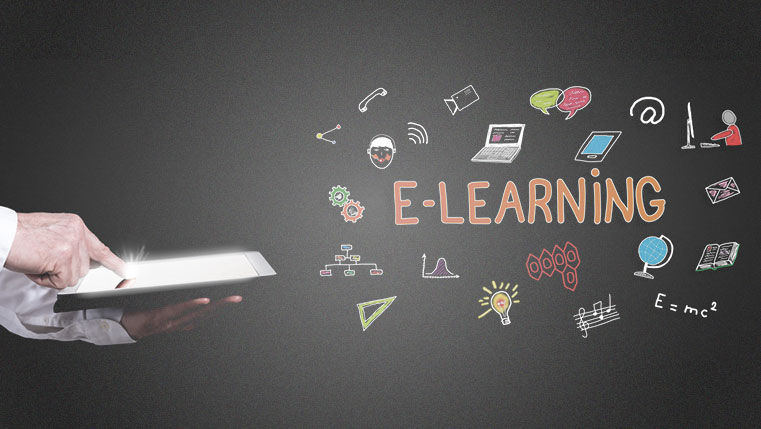Applying Modality Principle in eLearning Design and Development

While developing e-learning courses, the common mistakes that developers make is to include on-screen text, audio narration and graphics simultaneously in the courses. This only overloads learners.
The logic behind using audio in e-learning courses is to split the information into two cognitive channels-words in the auditory channel and pictures in the visual channels. Through visual channels he or she can see the pictures and through auditory channel he or she can listen to the audio so that there is no overload on the learners. According to the Modality principle, graphics are described well, using audio narration instead of on-screen text.
Cognitive overload is where learners must pay attention to audio, on-screen text and graphics in order to understand the underlying concept. By using the Modality principle, learners do not experience cognitive overload as they have to pay attention only to the audio and the on-screen text and visuals.
Now, here are the reasons for the Modality principle. As the visual channel has very limited capacity, it cannot pay attention to the on-screen text and the graphics at the same time as this will overload the learners, whereas if through the visual channel learners can see only graphics and through the auditory channel learners can only listen to the audio narration, there will not be any overload on the learners. Therefore, if both the visual and auditory channels have been properly processed, there will be no any overload in the learning. In a recent research, it was revealed that 40% of the learning is performed through graphics and audio narration and learners perform much better when graphics were described using narration rather than on-screen text.
The Modality principle also has some limitations while designing and developing e-learning solutions:
- Sometimes technical demands cannot be met – bandwidth issues, use of sound cards and headphones. There is also difficulty in explaining technical and mathematical formula though audio alone, as we need to show them on screen as well.
- Text needs to remain on screen when:
- Difficult terms are used
- Key steps in the procedure are listed
- Directions are to be given to a practice exercise that must also be present on-screen
Needless to say, the Modality principle maximizes learning and helps learners receive an auditory explanation for on-screen graphics and text.





